What is Grapevine?
Features of Grapevine:Due to the thick and woody bark, larger parts of grapevine have lots of texture. The wild grapevine itself grows up along existing vegetation by sending out narrow vines which coil around plants' branches and foliage to help support the vine. These tendrils appear in curls shooting out from the main parts of the grapevine. I love how these fit into the baskets because they extend out beyond the vine and are great interest points. Where to Find Grapevine:Grapevine runs rampant in deciduous forest throughout the South. You will find grapevine in most forests you visit if you're in the Southeast, as will you find it growing along roadsides or along fences. You will not have a difficult time finding grapevine near you, so likely it will be a great, free resource to harvest and weave! Weaving with Grapevine:Over the years, I have utilized a random weave technique. It is a great way to get cool shapes using a variety of materials, including grapevine. The random weave has no discernible pattern making the pieces truly one of a kind. The tendrils in grapevine also add cool details to the baskets as they protrude from the baskets themselves. Grapevine baskets are also well complemented by copper wire and branches mixed in along with the weaving. Check out more about my grapevine baskets here. 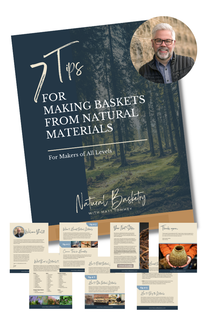 For more information on Natural Basketry, visit http://www.matttommey.com/basket-weaving-classes.html and download my free PDF called "7 Tips for Making Baskets with Natural Materials". Inside I'll tell you what materials are good for making baskets, when to harvest, how to store and protect them, and even common tools used in the harvesting process.
7 Comments
julie
9/14/2017 09:12:14 pm
I have a very odd and possibly stupid question. I have no grape vines and really don't know anyone who does. What I do have, though, is all the vines from my pole bean plants. I would like to use the vines for something since neither plant produced any beans. This was my fault. Apparently I over watered them. I was thinking maybe the vines were similar enough that it would work. Also, is there any type of prep that needs to be done to the vines before they can be woven or whatever they end up being used for. Thank you for your time.
Reply
Hello,
Reply
Donna
7/13/2024 10:08:09 am
Thank you, that was very helpful. I suspected as much but didn’t know the science.
Greg Hanks
11/11/2019 12:54:31 am
I know this is an old post but figured I'd reply anyway.
Reply
7/20/2020 07:26:00 pm
Mr. Hanks,
Reply
Eileen Mars
6/15/2021 11:32:01 am
Do you still have vines available for sale?
Reply
David Ferguson
2/24/2021 02:48:02 pm
Stumbled on this website. Lovely creations.
Reply
Leave a Reply. |
AuthorMatt Tommey is a leader in the contemporary basketry movement and has been a maker for over 25 years. The focus of his work centers around the use of southern invasive plant species in basketry. He has served on the board of directors for the National Basketry Organization and taught at Arrowmont, the John C. Campbell Folk School and other locations both in the US and internationally. |
Mailing Address: PO Box 1382 Lindale, Texas 75771
Studio Address:Private By Appointment Only
(404) 538-5173.

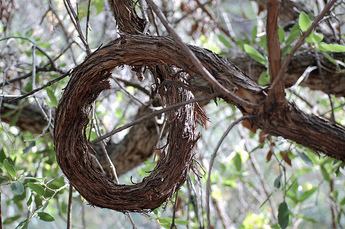
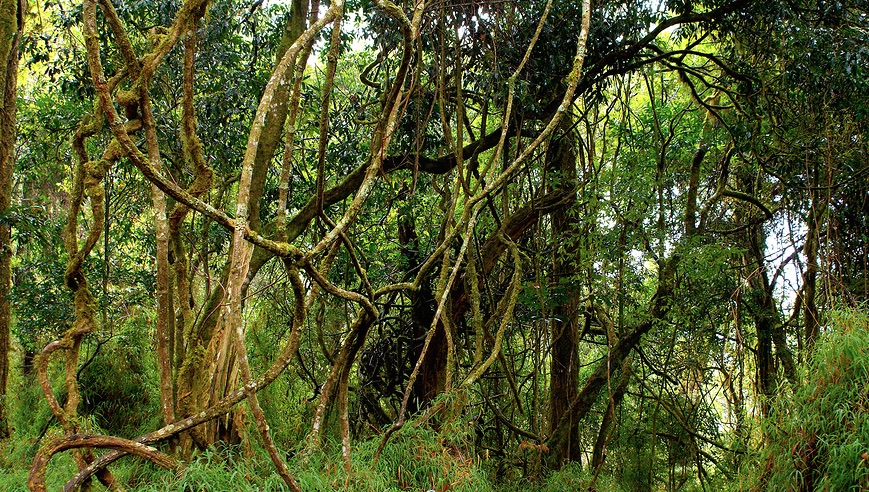
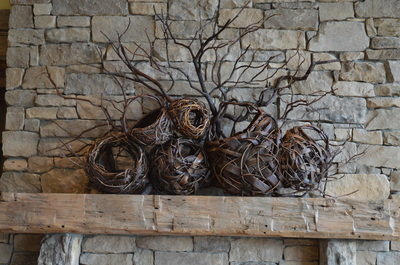
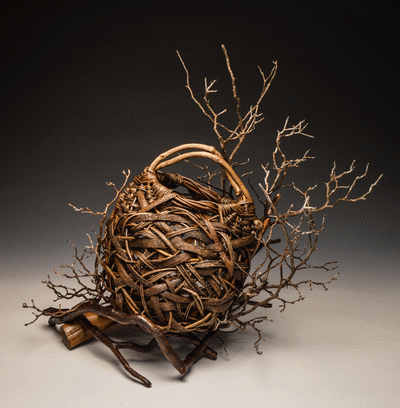
 RSS Feed
RSS Feed